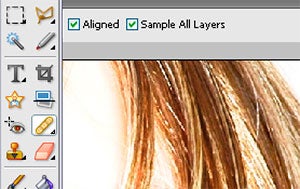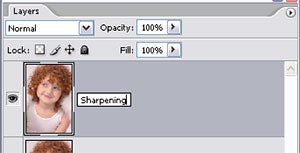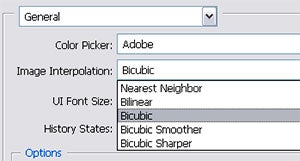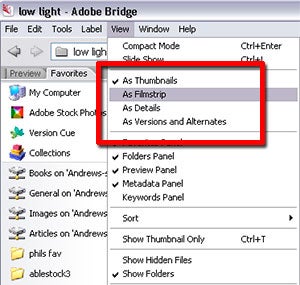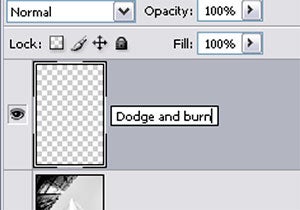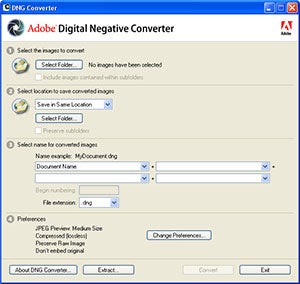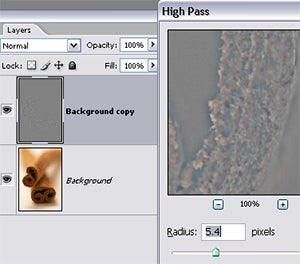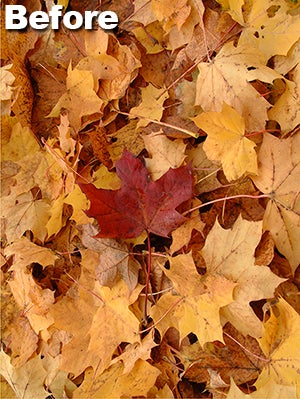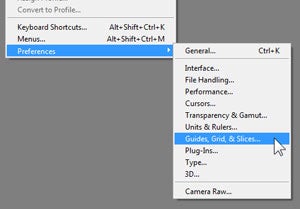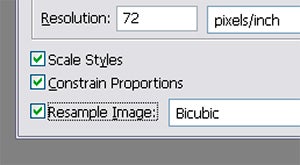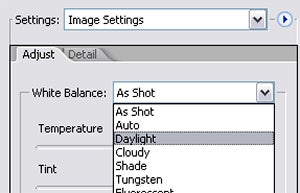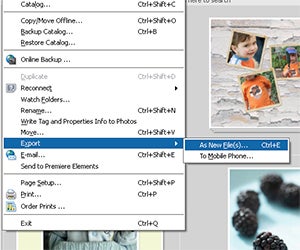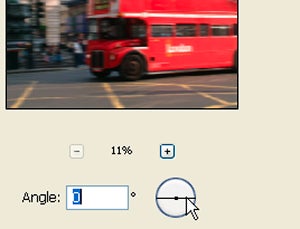There are various ways to remove or cover up unwanted detail in a photo. Here we look at how to apply the technique of retouching non-destructively.
Philip Andrews
Convert to profile
The Edit > Convert to Profile option changes the colour values of the original image to match the newly selected colour space. The dialogue displays the current space of the…
Non-destructive vignetting
This technique introduces a way to apply some vignetting to your photos without permanently altering the base image.
PDF presentation
The PDF or Adobe Acrobat format is a unique file type in that it allows almost any computer user over the globe to view documents (including slide shows or presentations)…
Raw contact sheets
The familiar Contact Sheet option that has been present in Photoshop for the last few versions can be used from Bridge to print ‘proof’ sheets of Raw files. Thumbnails are…
Paint in sharpness
One way of drawing the viewer’s attention to the most important parts of a photo, such as the eyes in a portrait, is to apply a little localised sharpening to…
Change scaling settings
When you change the size of a digital file your software either adds pixels when increasing the size or removes them when making the image smaller. This scaling process is…
Bridge view modes
The image content in Bridge can be viewed in a variety of ways including as a Slide Show or in Compact mode, to save screen space. Other than these specialist…
Non-destructive dodge and burn
One of the problems with applying dodge and burn tools directly to the photo is that these actions change the original pixels irreversibly. For this reason some photographers only ever…
Mass Convert to DNG
The RAW file is now a professional photographer’s preferred image format. Unfortunately different camera brands use different RAW formats and therefore most software applications can’t read all of these different…
Predict the colour of your prints
Wouldn’t it be nice to be able to see how a photo would look printed on specific paper with a particular printer before you go to the time and expense…
Assign profile
You can choose to attach a different ICC profile to an image by selecting the Edit > Assign Profile option in Photoshop. This feature lets you assign the chosen colour…
Softening selection edges
Have you ever wondered what anti-aliasing is? And why do tools with an anti-aliasing option always have it turned on by default? Those same tools are likely to have a…
Non-destructive sharpening
Want to apply some sharpening to your photo but you are worried about how the sharpen filters change the original pixels in your photo. Yes, you could apply the changes…
Introducing clipping paths for masking
Masks are great for hiding and revealing parts of layers without actually removing the actual pixels to be hidden. Layer clipping paths are one way of creating a mask and…
Guidelines
Guides are brilliant for positioning images into place symmetrically. When it is set up, guidelines appear when it looks like you are trying to line one image with another and…
Image Size scaling options
The Image Size dialog provides several options for manipulating the number of pixels in your photograph and how big it prints.
Three ways to white balance
Unlike other capture formats (TIFF, JPEG) the White Balance settings are not fixed in a RAW file. This means that you can alter or fine tune the white balance options…
Elements’ Export feature
Photoshop Elements users craving the same file output power that Photoshop users have with the Image Processor feature need look no further than the humble File > Export > As…
Adding motion blur
Photographers will be familiar with the technique of panning to introduce blur into the background behind a moving subject. Using this Photoshop equivalent you can make even a stationary subject…





